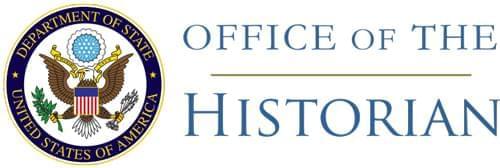363. Editorial Note
The Executive Committee of the National Security Council, at its Meeting No. 36 at 10 a.m. on December 17, discussed the Congo. The Summary Record of the meeting prepared by Bromley Smith states that Director of Central Intelligence John McCone presented intelligence summaries on Cuba and the Congo, summarizes the discussion of Cuba that followed, and concludes: “The remainder of the meeting was taken up with the discussion of a Congo plan and policy recommendations of the Subcommittee on South Asia.” (Kennedy Library, National Security Files, Meetings and Memoranda, Executive Committee Meetings) The Record of Actions at the meeting, prepared by Bundy and dated December 17, includes the following paragraph concerning the Congo:
“4. Following a discussion of the ‘Operating Plan for the Congo,’ the President asked that several specific revisions be made in the Plan for further discussion later in the day. The President requested a new estimate of the military capability of UN forces in the Congo.” (Kennedy Library, Sorensen Papers, Classified Subject Files, NSC, 11/12/62–1/22/63)
According to handwritten notes by Kaysen, the President asked about the degree of U.S. control of U.N. military action and whether the proposed U.S. squadron would be sufficient. Rusk asked what would happen if the proposed actions did not have any effect on Tshombe: “Would we go in further with whatever force is needed? Or how do we get out?” Kennedy approved provision of the military equipment Secretary-General Thant had requested and discussion of the proposed air squadron with Spaak, Adoula, and the U.N. leadership. He was “willing to go ahead if adds any substantial chance of success.” (Ibid., National Security Files, Brubeck Series)
According to the agenda for the meeting, Stevenson and Yost were to be present; those present for the discussion on the Congo were to include Williams, Cleveland, McGhee, Kaysen, and Bowles. (Ibid., Meetings and Memoranda Series, Executive Committee Meetings) The regular membership of the NSC Executive Committee included the President; the Vice President; the Secretaries of State, Defense, and the Treasury; the Attorney General; the Director of Central Intelligence; the Chairman of the Joint Chiefs of Staff; the Ambassador at Large; the Special Counsel; and the President’s Special Assistant for National Security Affairs. (Smith, Organizational History of the National Security Council During the Kennedy and Johnson Administrations, page 46)
